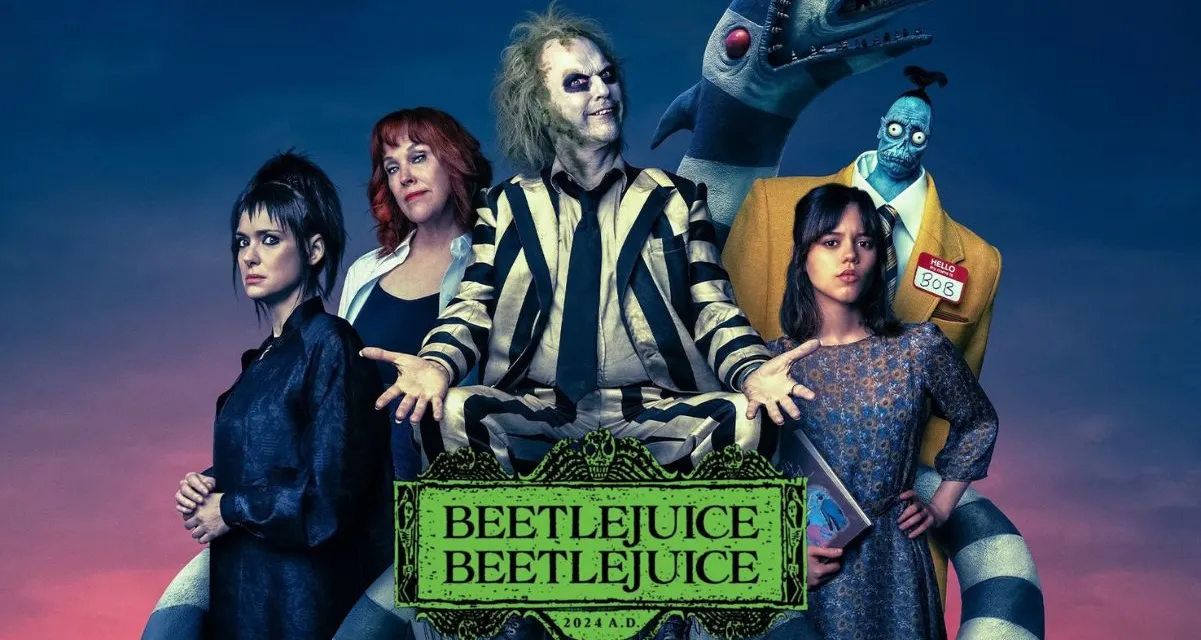
The long-awaited sequel to the 1988 cult classic “Beetlejuice” has finally arrived, and fans of the original film have been eagerly anticipating its return. Directed by the iconic Tim Burton, “Beetlejuice Beetlejuice” promises to recapture the irreverent spirit of the first movie while introducing new characters and storylines to keep audiences engaged.
As a devoted fan of the original “Beetlejuice,” I was both excited and apprehensive about this sequel. Would it be able to capture the same macabre charm and unpredictable humor that made the first film so beloved? Or would it fall victim to the common pitfalls of sequels, relying too heavily on nostalgia and failing to carve out its own unique identity?
After watching the film, I can say that the end result is a mixed bag – a sequel that succeeds in some areas but stumbles in others. It’s a film that grapples with the delicate balance of honoring the past while forging a new path, and the outcome is a viewing experience that is both entertaining and, at times, a bit frustrating.
Embracing the Nostalgia, Introducing New Faces
One of the key strengths of “Beetlejuice Beetlejuice” is its ability to tap into the nostalgia that fans of the original film have for the characters and world they’ve come to love. From the moment Michael Keaton’s iconic Beetlejuice appears on screen, it’s clear that the filmmakers have gone to great lengths to recapture the manic energy and unpredictability that made the character so memorable the first time around.
Keaton’s performance is a true highlight of the film, as he seamlessly slips back into the role and delivers a performance that is both familiar and fresh. The actor’s commitment to the character is evident, and he manages to capture the perfect blend of chaos, humor, and underlying pathos that made Beetlejuice such a compelling figure in the original.
Alongside Keaton, the film also introduces a new generation of characters, led by the talented Jenna Ortega as Lydia’s daughter, Scarlett. Ortega’s performance is a standout, as she navigates the complexities of her character’s relationship with Beetlejuice and the challenges of navigating the supernatural world that her mother once inhabited.
The inclusion of Ortega’s character is a smart move, as it allows the film to appeal to a younger audience while still maintaining a strong connection to the original. It’s a delicate balance, but one that the filmmakers largely manage to pull off, blending the nostalgia of the past with the fresh perspectives of the present.
Balancing Nostalgia and Innovation
One of the key challenges that “Beetlejuice Beetlejuice” faces is the need to strike a balance between honoring the legacy of the original film and introducing new elements that keep the story feeling fresh and engaging. In this regard, the film has a somewhat uneven track record.
On the one hand, the filmmakers have clearly put a lot of thought and care into recreating the visual aesthetic and tone of the original “Beetlejuice.” The film’s gothic, macabre sensibilities are on full display, with Burton’s signature style shining through in every frame. The use of practical effects and a commitment to practical filmmaking techniques is also a welcome touch, as it helps to ground the film in a tangible, tactile world that feels true to the original.
However, the film’s attempts to introduce new storylines and characters are a bit more hit-or-miss. While the inclusion of Ortega’s character is a strong addition, the film’s handling of other new characters, such as Monica Bellucci’s Delores, feels a bit underdeveloped and underutilized. There’s a sense that the filmmakers were so focused on recapturing the magic of the original that they didn’t always give enough attention to fleshing out these new narrative threads.
This is particularly evident in the film’s treatment of the Delores character, who has the potential to be a truly compelling foil to Beetlejuice but ultimately feels like a missed opportunity. The film’s attempts to balance the nostalgia of the original with the need to introduce new elements results in a somewhat uneven tone, with the film occasionally feeling like it’s pulling in too many different directions.
Embracing the Supernatural and the Macabre
One of the things that made the original “Beetlejuice” such a standout film was its willingness to embrace the supernatural and the macabre, using these elements as a springboard for its irreverent humor and offbeat storytelling. In this regard, “Beetlejuice Beetlejuice” largely succeeds in recapturing that spirit, with the film’s supernatural elements serving as a key driver of the narrative.
The film’s exploration of the relationship between the world of the living and the world of the dead is a particular highlight, with the filmmakers using this as a way to explore themes of grief, family, and the power of the supernatural. The inclusion of Lydia’s character as a psychic medium, for example, allows the film to delve into the ways in which the supernatural can both haunt and heal, and the ways in which it can be both a source of comfort and a source of terror.
Similarly, the film’s embrace of the macabre and the grotesque is a welcome return to the sensibilities of the original. Beetlejuice’s antics are as delightfully over-the-top and unpredictable as ever, with the character’s ability to wreak havoc and cause chaos serving as a constant source of entertainment and unease.
The film’s willingness to lean into the more unsettling and disturbing aspects of the supernatural is also a strength, with the filmmakers never shying away from the darker, more unsettling elements of the story. This helps to maintain the sense of danger and unpredictability that was so central to the original “Beetlejuice,” and it ensures that the film never feels like it’s playing it safe or pulling its punches.
Exploring the Supernatural in the Digital Age
One of the most interesting aspects of “Beetlejuice Beetlejuice” is the way in which it explores the intersection of the supernatural and the digital age. The film’s inclusion of Lydia’s character as a famous psychic and TV personality, for example, allows the filmmakers to delve into the ways in which the supernatural has become a source of entertainment and fascination in the modern world.
The film’s exploration of reality TV and the ways in which the supernatural has become a source of public fascination is a particularly compelling aspect of the narrative. The character of Lydia, with her high-profile career as a psychic medium, serves as a commentary on the ways in which the supernatural has become commodified and packaged for public consumption.
Similarly, the film’s exploration of the ways in which the internet and social media have transformed our relationship with the supernatural is another interesting thread. The film’s depiction of the ways in which Lydia and her daughter Scarlett navigate the online world and its fascination with the supernatural is a timely and relevant commentary on the ways in which technology has reshaped our understanding of the paranormal.
Overall, the film’s willingness to engage with these contemporary themes and ideas is a strength, as it helps to keep the story feeling fresh and relevant. By grounding the supernatural elements of the story in the realities of the modern world, the filmmakers are able to create a narrative that feels both familiar and innovative, blending the macabre sensibilities of the original with a more contemporary perspective.
A Sequel That Stumbles, But Still Entertains
Ultimately, “Beetlejuice Beetlejuice” is a film that is both entertaining and frustrating in equal measure. On the one hand, it succeeds in recapturing the irreverent spirit of the original, with Keaton’s performance as Beetlejuice serving as a particular highlight. The film’s embrace of the supernatural and the macabre is also a strength, as it helps to maintain the sense of danger and unpredictability that was so central to the first film.
However, the film’s attempts to balance nostalgia with innovation don’t always land as effectively as one might hope. The inclusion of new characters and storylines is a mixed bag, with some elements feeling underdeveloped or underutilized. The film’s uneven tone and pacing also contribute to a sense of unevenness, with the film occasionally feeling like it’s pulling in too many different directions.
Despite these flaws, “Beetlejuice Beetlejuice” is still a film that is worth watching for fans of the original. Keaton’s performance alone is worth the price of admission, and the film’s willingness to engage with contemporary themes and ideas helps to keep the story feeling fresh and relevant.
Ultimately, the film serves as a reminder that the legacy of “Beetlejuice” is a difficult one to live up to. The original film was a true original, a one-of-a-kind cinematic experience that captured the public’s imagination in a way that few films have. While “Beetlejuice Beetlejuice” may not quite reach those same heights, it still manages to deliver a spooky, entertaining, and occasionally thought-provoking viewing experience that is sure to delight fans of the original.
Recommendations and Final Thoughts
If you’re a fan of the original “Beetlejuice” film, I highly recommend watching “Beetlejuice Beetlejuice” before seeing the new sequel. The filmmakers have done a great job of setting the stage for this new installment, and many of the jokes and references will have a much greater impact if you’re familiar with the first film.
Additionally, be sure to check out my previous review of the original “Beetlejuice” film. In that video, I dive deeper into the themes, characters, and legacy of the original, which can provide valuable context for understanding the new sequel.
And if you’re interested in more of my content, be sure to follow me on Instagram and consider becoming a member of my YouTube channel.
Overall, “Beetlejuice Beetlejuice” is a film that is sure to delight fans of the original while also introducing a new generation to the macabre world of Beetlejuice. While it may not quite reach the same heights as the first film, it’s still a spooky, entertaining, and occasionally thought-provoking viewing experience that is well worth checking out.
Keaton’s performance as Beetlejuice is a true highlight, capturing the character’s manic energy and unpredictability.
The film’s embrace of the supernatural and the macabre helps to maintain the sense of danger and unpredictability that was central to the original.
The inclusion of Jenna Ortega’s character allows the film to appeal to a younger audience while still maintaining a strong connection to the past.
The film’s exploration of the intersection of the supernatural and the digital age is a compelling and timely addition to the narrative.
However, the film’s attempts to balance nostalgia and innovation don’t always land as effectively as one might hope, leading to an uneven tone and pacing.
Overall, “Beetlejuice Beetlejuice” is a film that is worth watching for fans of the original, but it may not quite reach the same heights as the first film.
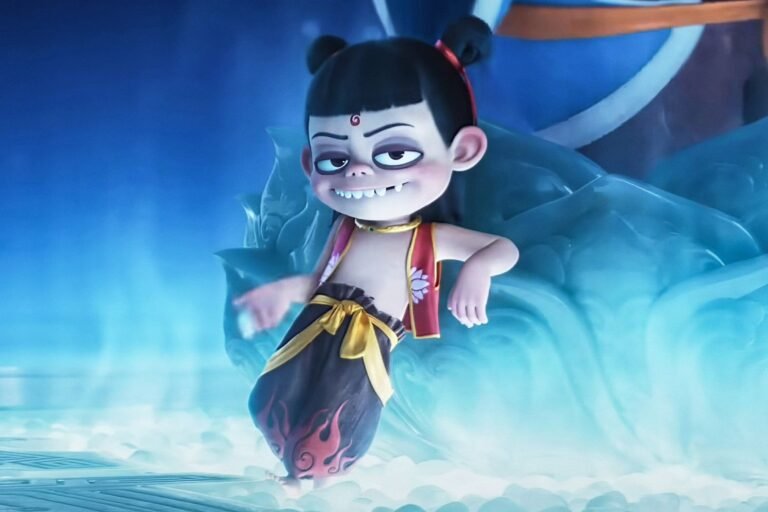
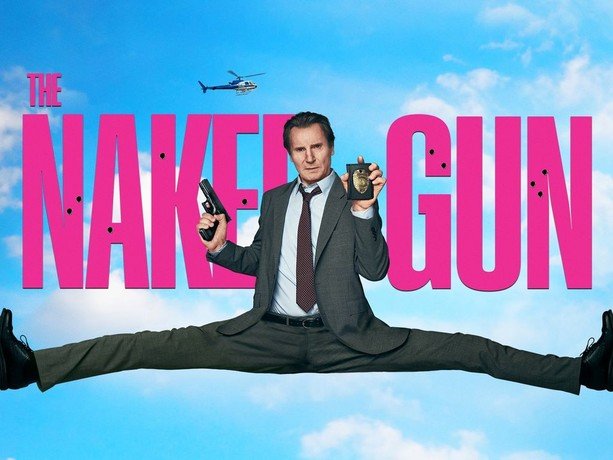
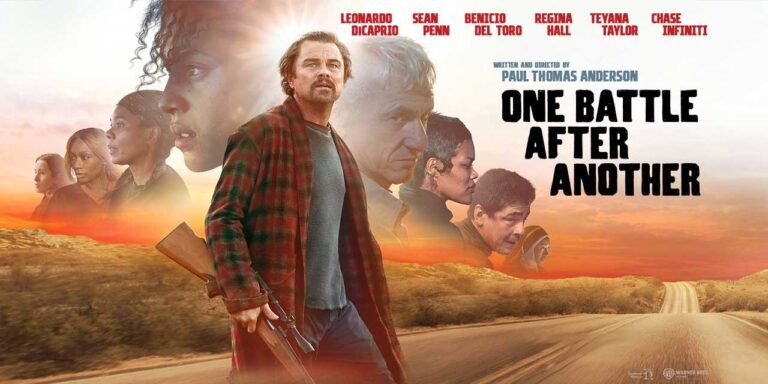
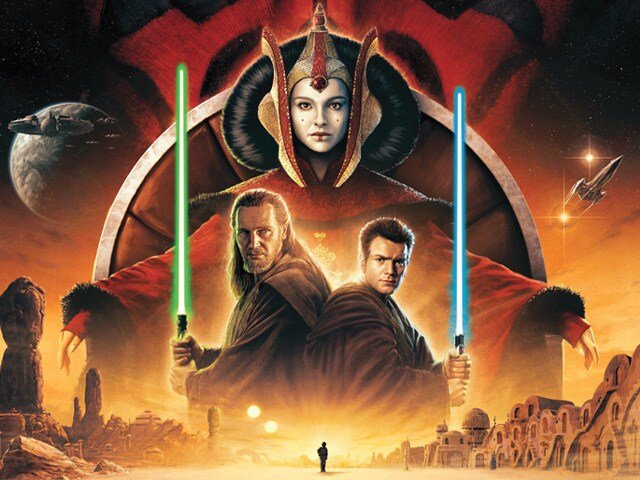
1 thought on “Beetlejuice Beetlejuice: Sequel Review & Key Highlights”